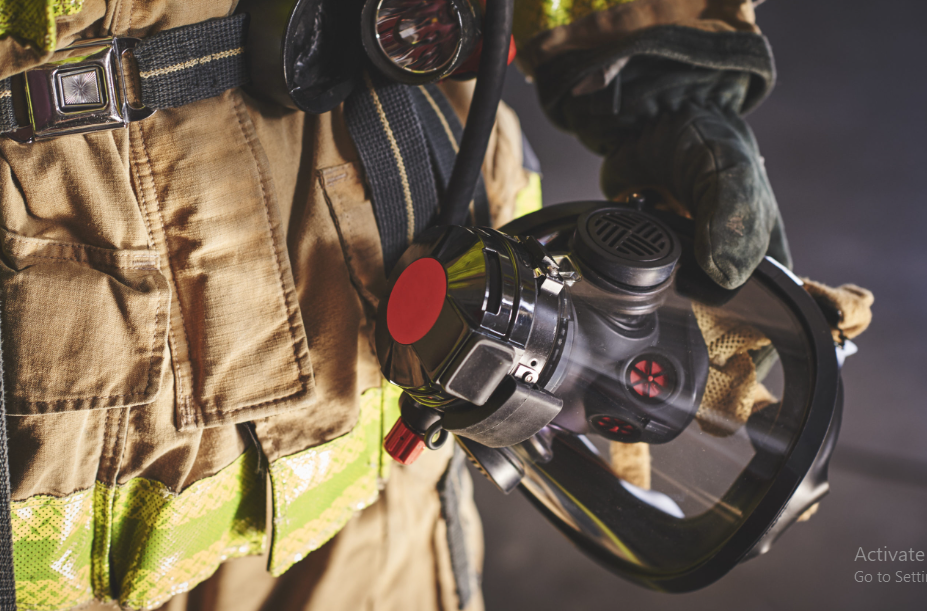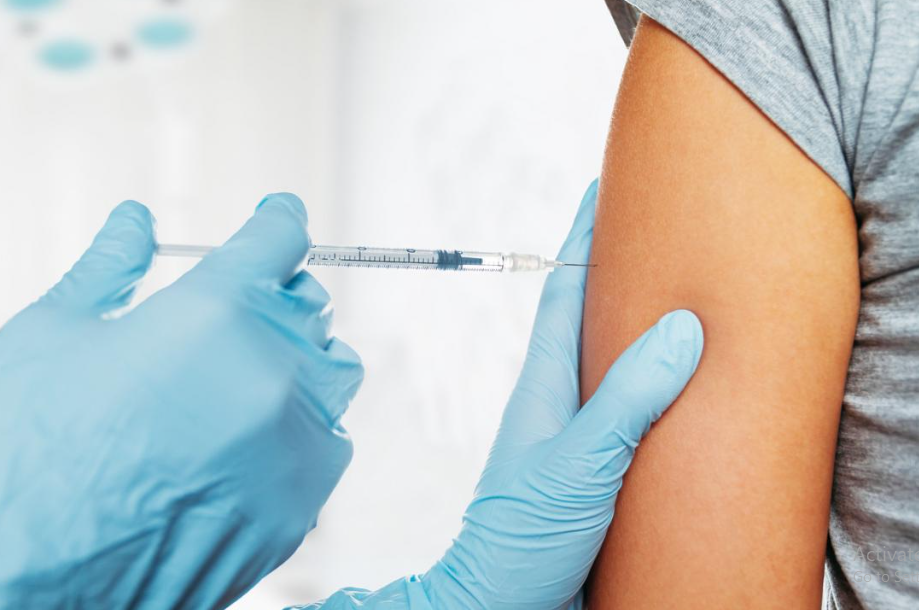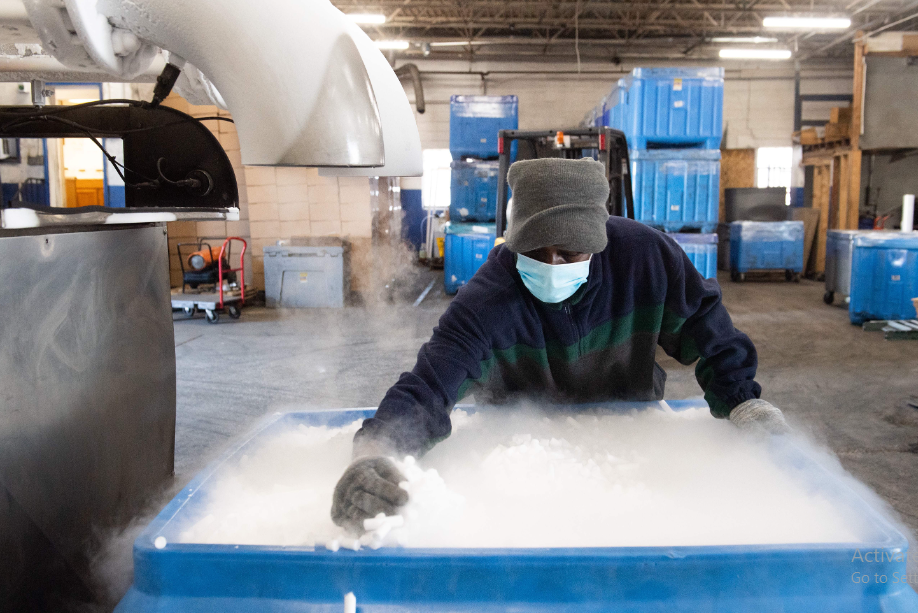Self contained breathing apparatus, or SCBA as it is commonly known by industry professionals, refers to equipment required by emergency services and other experts for personal protective equipment. Heavy duty equipment generally used in firefighting, emergency rescue, confined spaces and other emergency services, the SCBA is designed to provide clean, compressed breathing air to the user. But is breathing compressed air safe?
By wearing self contained breathing apparatus, firefighters and users are provided with a critical piece of personal protective equipment in a dangerous situation. By wearing such equipment, firefighters and their respiratory systems are protected from fire, heat, smoke and toxic gases, allowing them to operate, move and do their jobs for extended periods of time under extreme conditions.
However, it’s not just the surrounding elements or toxins in the air that provide a hazardous concern. Contaminants from irregularly tested or unregulated compressed breathing air cylinders can cause serious illness or even death to users.
So, is breathing compressed air safe? Yes, SCBA cylinders and apparatus provide clean, fresh and safe air for emergency workers in dangerous working conditions. However, if the cylinders are not regulated or are not tested regularly, it is not safe to breathe this compressed air. There are a number of contaminants that can contribute to self contained breathing apparatus not being safe for users to breathe in the compressed air.
The four most common contaminants of SCBA include Carbon Dioxide (CO2), Carbon Monoxide (CO), Compressed air, and water vapor contamination. Co2 is one of the most common contaminant and is a by-product of motor exhaust, human respiration, and natural decay of organic materials. While classified as a toxic gas, CO2 can be tolerated at much higher levels than other elements like carbon monoxide. If the compressor takes in CO2 contamination, the air in the cylinders will also contain increased levels of CO2. This can occur while in a confined space that is being used by many people, at one time. Contamination may also occur when a compressor is in an area where vehicles are running and emitting exhaust.
The key to reducing the risk contaminated self contained breathing apparatus is to ensure equipment is regularly tested (quarterly testing is recommended), by an accredited laboratory, as well as tested any time contamination is suspected.





